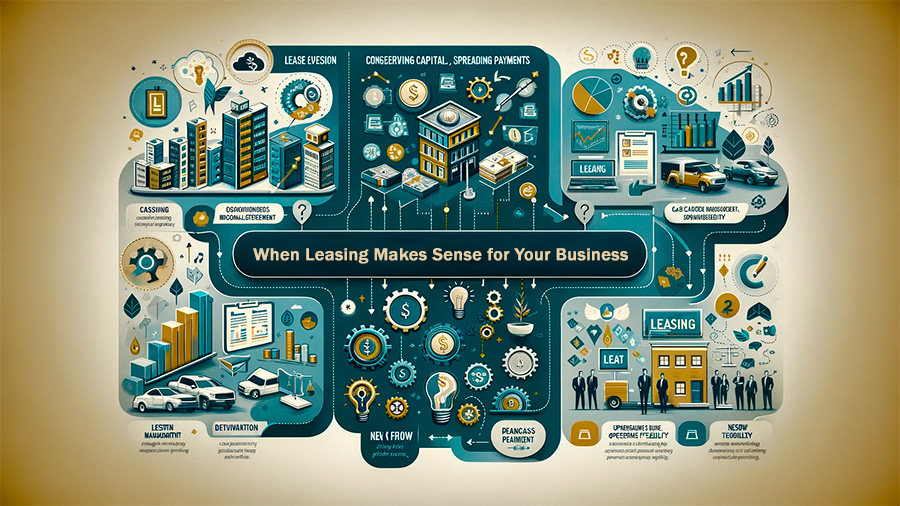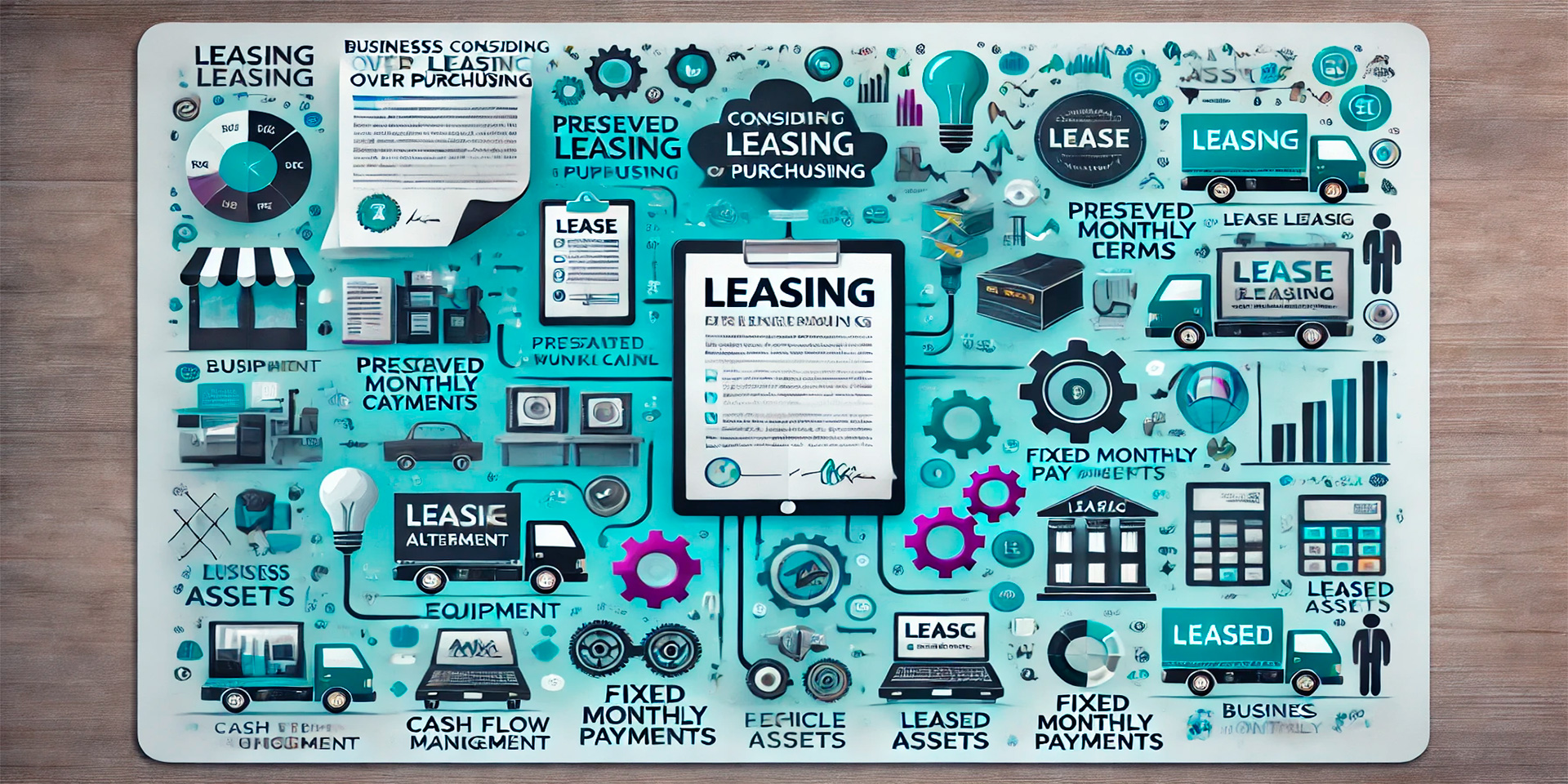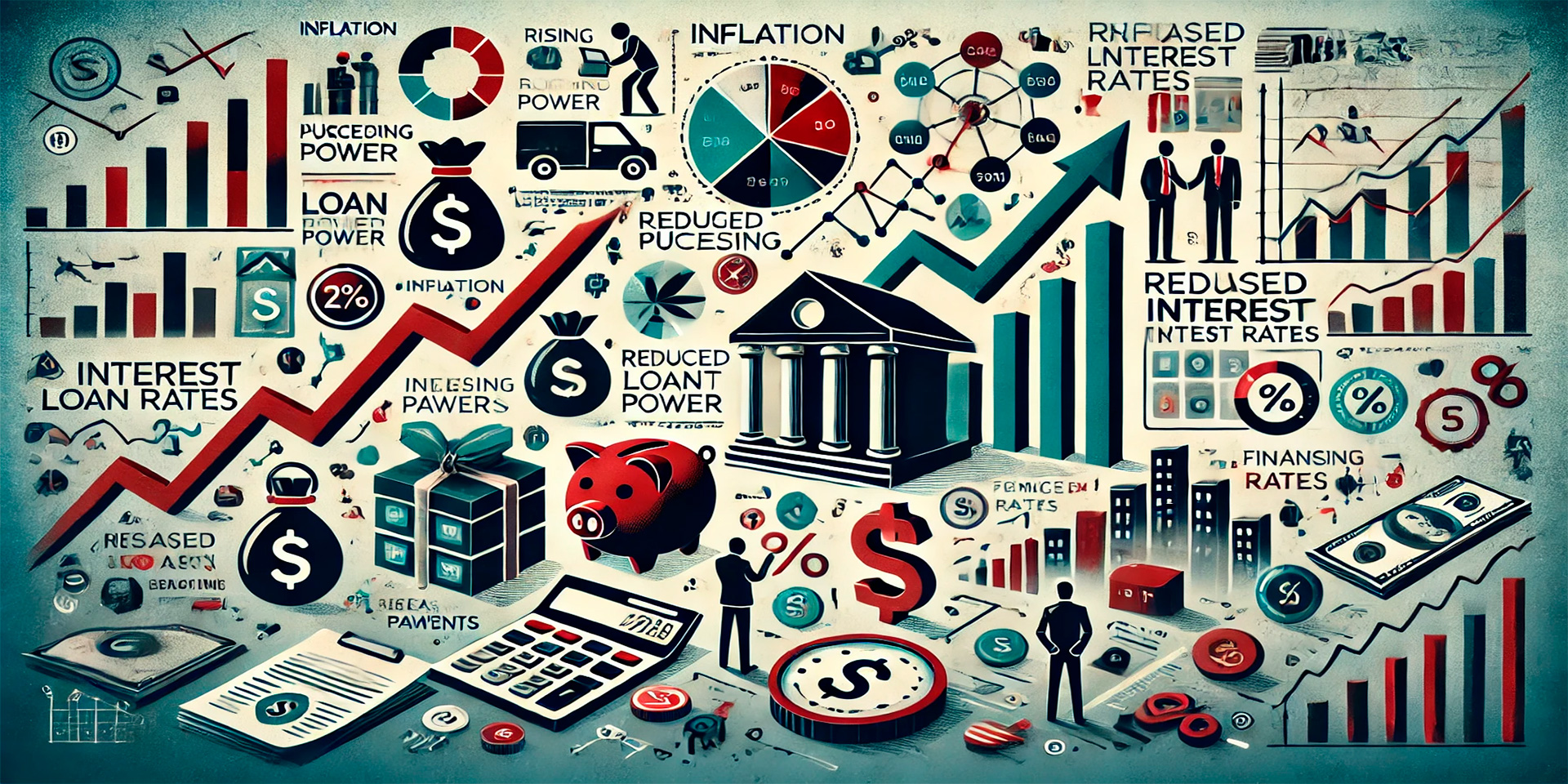Leasing provides businesses with a flexible alternative to purchasing assets outright. Instead of making a significant initial investment to acquire equipment, vehicles, or property, companies can lease these assets and pay a fixed amount over time. This approach allows businesses to use the assets they need without owning them, offering financial flexibility while preserving working capital. Leasing agreements typically include terms that outline the duration of the lease, the monthly payment amount, and the conditions for returning or purchasing the asset at the end of the term.
For businesses looking to grow, manage their cash flow, or stay up to date with the latest technology, leasing can be an ideal solution. It allows them to access the necessary tools to operate efficiently without draining financial resources on large purchases. Leasing also provides opportunities for upgrading equipment, which is especially beneficial for businesses in industries where technology evolves quickly.
How Leasing Works
Leasing agreements are essentially rental contracts where the lessee—the business using the asset—pays the lessor for the right to use the asset. The lessee does not own the asset during the lease term but is responsible for making regular payments to the lessor. These payments typically cover the cost of using the asset, as well as any maintenance or service agreements included in the lease.
There are two main types of leases: operating leases and finance leases. Operating leases are generally short-term and give businesses the flexibility to return the asset or upgrade to a newer model at the end of the lease. Finance leases, on the other hand, are longer-term agreements where the lessee has the option to purchase the asset at the end of the lease for a predetermined price. The choice between an operating lease and a finance lease depends on the business’s specific needs and goals.

Benefits of Leasing for Businesses
Leasing offers several significant benefits for businesses, particularly when it comes to financial management and operational flexibility. One of the primary advantages is the ability to conserve cash. Instead of spending large sums upfront to purchase equipment or property, businesses can spread their payments over time, allowing them to preserve working capital for other expenses. This financial flexibility is especially important for small and medium-sized enterprises (SMEs) that may need to manage their cash flow carefully.
Leasing also provides businesses with the opportunity to regularly upgrade their equipment. In industries where technology is constantly advancing, owning equipment that quickly becomes outdated can be a financial burden. With leasing, businesses can stay up to date with the latest tools and technology without worrying about the depreciation of purchased assets. Once the lease term ends, they can simply return the equipment and lease newer, more advanced models.
Additionally, leasing can offer tax benefits. Lease payments are often considered an operational expense, which means they may be tax-deductible. This can reduce the overall tax liability for businesses, making leasing an even more attractive option. However, it’s important for businesses to consult with a tax advisor to understand the specific tax implications of leasing versus purchasing.
Choosing Between Operating Leases and Finance Leases
The decision to choose an operating lease or a finance lease depends on the business’s goals, the nature of the asset, and the length of time the asset will be used. Operating leases are typically more suitable for businesses that need an asset for a short period or want the flexibility to upgrade equipment frequently. For example, a company that requires computers for its workforce may prefer an operating lease, as it allows them to upgrade to the latest models every few years without the hassle of selling outdated equipment.
In contrast, finance leases are ideal for businesses that intend to use an asset for a longer period and eventually own it. For instance, a company that needs industrial machinery to support its operations might choose a finance lease, knowing that they will use the machinery for many years. At the end of the lease, they can purchase the machinery for a nominal price, giving them full ownership while having spread the cost over time.
Each type of lease offers different benefits, and businesses should carefully consider their long-term plans before making a decision. Consulting with financial advisors or leasing experts can help businesses determine which lease structure best aligns with their operational needs and financial goals.

When Leasing Makes Sense for Your Business
Leasing is particularly advantageous for businesses that want to manage their cash flow carefully, avoid large upfront investments, and retain flexibility. For growing companies, leasing enables them to acquire the equipment and assets needed to scale their operations without overextending financially. Rather than committing a large portion of their budget to a single purchase, businesses can maintain liquidity and use their available funds for other essential areas such as marketing, hiring, or research and development.
Leasing is also ideal for businesses in industries with rapidly changing technology. Instead of purchasing equipment that may become obsolete within a few years, leasing allows companies to continually upgrade and stay competitive without the burden of ownership. This is particularly true in sectors such as IT, healthcare, and manufacturing, where technological advancements can quickly render older equipment less efficient.
For companies that operate in fluctuating markets or have seasonal business cycles, leasing provides a degree of financial flexibility that ownership does not. If a business only needs certain equipment during peak seasons, a short-term lease may be the best option, allowing them to avoid the costs associated with owning and maintaining unused equipment during off-peak periods.
Understanding the Potential Drawbacks
While leasing offers many benefits, there are some potential drawbacks to consider. Over the long term, leasing may be more expensive than purchasing an asset outright, especially if the business plans to use the asset for many years. The ongoing payments of a lease can add up, and businesses may find that they have paid more than the cost of purchasing the asset.
Additionally, leasing agreements often come with restrictions. Businesses may face limitations on how they can use the asset or be required to follow strict maintenance protocols outlined in the lease contract. If the leased asset needs to be customized or heavily used, these restrictions could limit the business’s ability to operate as efficiently as possible.
Leasing also means that businesses do not gain ownership of the asset at the end of the lease term unless they opt for a finance lease with a purchase option. This lack of ownership can be a disadvantage if the asset retains significant value or is still useful to the business after the lease ends.
Conclusion
Leasing is a valuable tool for businesses seeking flexibility, financial efficiency, and access to the latest equipment without the burden of ownership. By understanding how leasing works and the advantages it offers, businesses can make informed decisions about whether leasing aligns with their operational goals. Whether through operating leases for short-term use or finance leases for long-term assets, leasing provides opportunities for businesses to grow, innovate, and maintain financial health. While there are potential drawbacks to consider, the benefits of leasing often make it an attractive alternative to purchasing outright.



